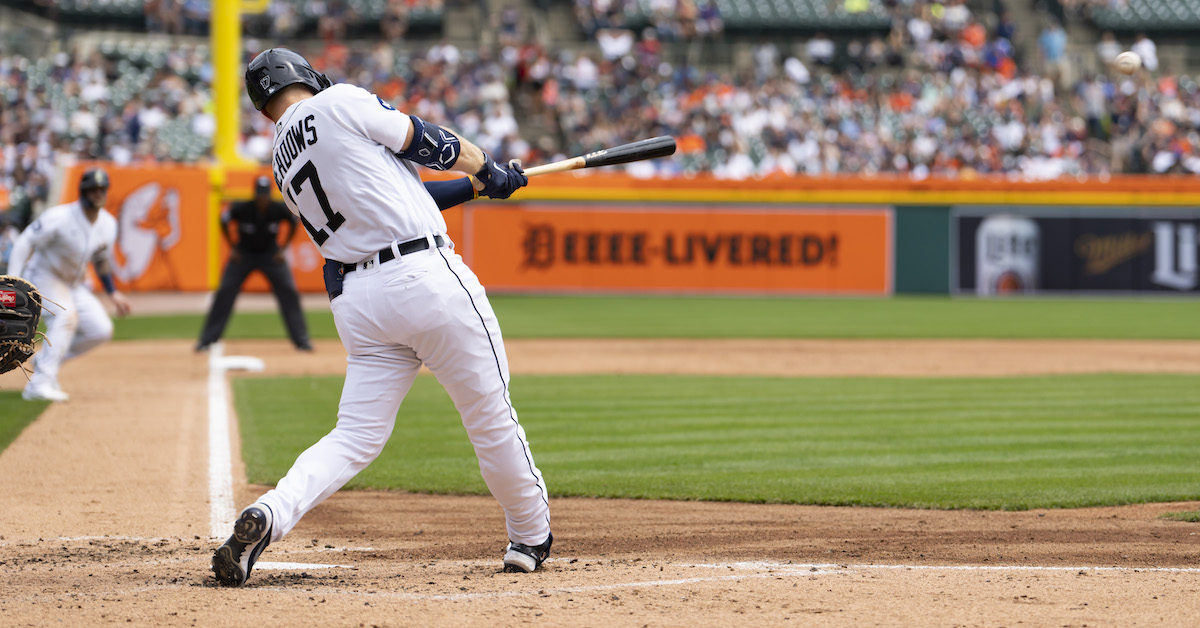Tarik Skubal Seems To Have Solved His Biggest Issue

The Detroit Tigers entered this season with plenty of reason to be hopeful for a shift in the franchise’s fortunes. After a stretch of four straight playoff appearances from 2011–14, they entered a long rebuilding phase that included an ugly, 114-loss season in ‘19. Last year, they showed real signs of progress; after winning just eight games in April, they went 69-66 through the rest of the season and graduated a bunch of their top pitching prospects into the majors. They had an aggressive offseason, signing Javier Báez and Eduardo Rodriguez and trading for Austin Meadows, and were set to debut their top position player prospects, too.
Things haven’t gone according to plan so far. The Tigers currently have the worst record in the American League and a big reason why is the disappointing performances of their young starting pitchers. Both Casey Mize and Matt Manning have been sidelined with injuries, and Beau Brieske and Joey Wentz have stumbled through tough big league debuts:
| Player | FV (Prospect Rank) | IP | K/BB | ERA | FIP |
|---|---|---|---|---|---|
| Matt Manning | 60 (2nd, 18th overall, 2021) | 93.1 | 1.85 | 5.50 | 4.55 |
| Tarik Skubal | 60 (3rd, 22nd overall, 2021) | 221 | 3.73 | 4.19 | 4.64 |
| Casey Mize | 55 (4th, 32nd overall, 2021) | 188.2 | 2.64 | 4.29 | 4.95 |
| Joey Wentz | 45 (8th in org, 2022) | 2.2 | 0.50 | 20.25 | 4.59 |
| Beau Brieske | 40+ (10th in org, 2022) | 26.1 | 1.36 | 5.13 | 6.66 |
| Alex Faedo | 40 (16th in org, 2022) | 15.2 | 3.00 | 2.87 | 3.99 |
It’s far too early to make definitive statements about any of these young pitchers, but their struggles have definitely put a damper on the Tigers’ aim to break out of their rebuilding cycle this year. If there’s one reason for fans in Detroit to be encouraged, though, it’s the early season success of Tarik Skubal. Read the rest of this entry »





